10 facts about poisons
Categories: World
By Pictolic https://pictolic.com/article/10-facts-about-poisons.htmlWe tend to think that poison is an element of Shakespeare's drama, bursting from the pages of Agatha Christie's novels. But the truth is that death is all around us, in neat bottles under the kitchen sink, in our drinking water and in our blood. Below are ten of the world's most insidious poisons, some exotic, others common.
(Total 10 photos)
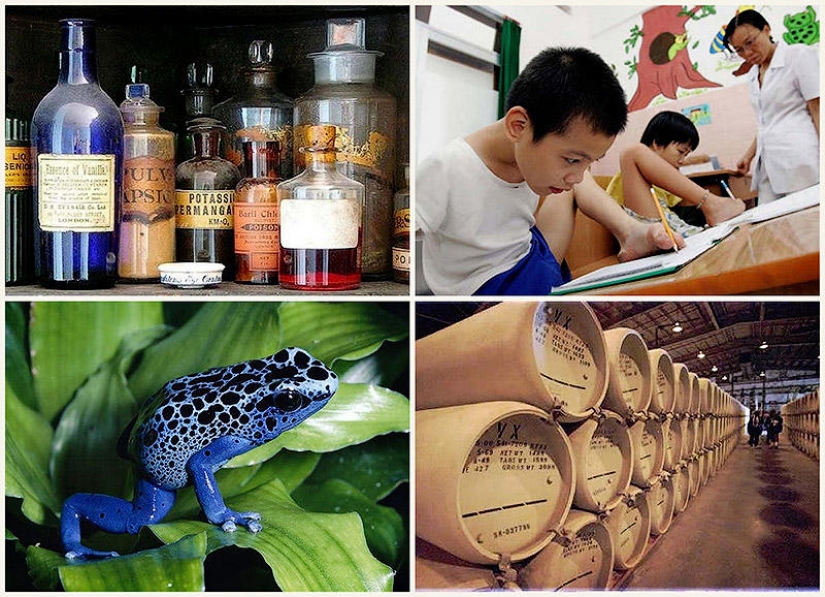
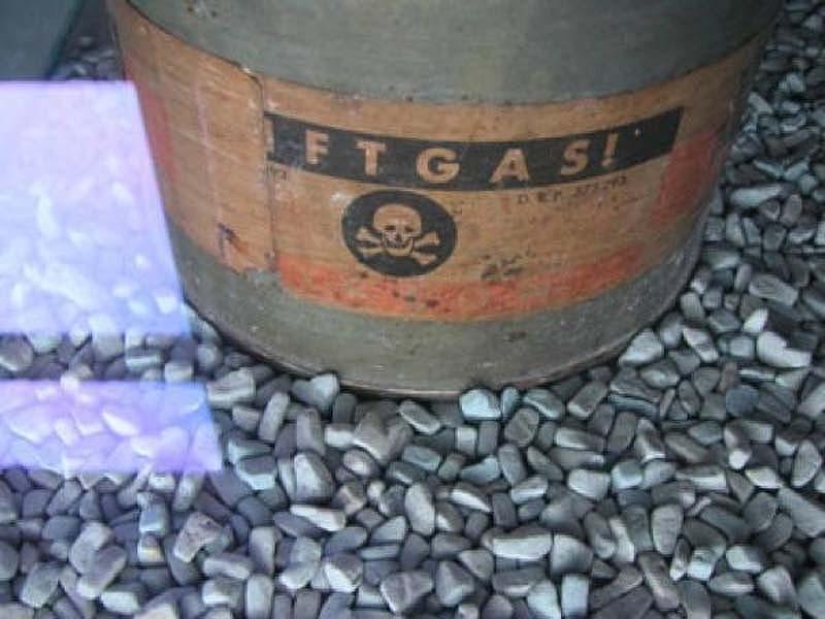
1. Hydrogen cyanide
Despite its fearsome fame, cyanide has a rich and prolific history. Some scientists even believe that it may have been one of the chemicals responsible for life on earth. Today, he is better known as the agent of death, the active ingredient in Zyklon-B, which the Nazis used to exterminate Jews in the gas chambers. Cyanide is a chemical used as capital punishment in the gas chambers of the United States. Those who come into contact with him say that he smells like sweet almonds. Cyanide kills by binding to the iron in our blood cells, taking away their ability to carry oxygen throughout the body. Most US states have banned the use of the gas chamber as an unnecessarily inhumane measure. Death can take several minutes, and it is often terrifying to watch the condemned man struggle in an attempt to prevent death.
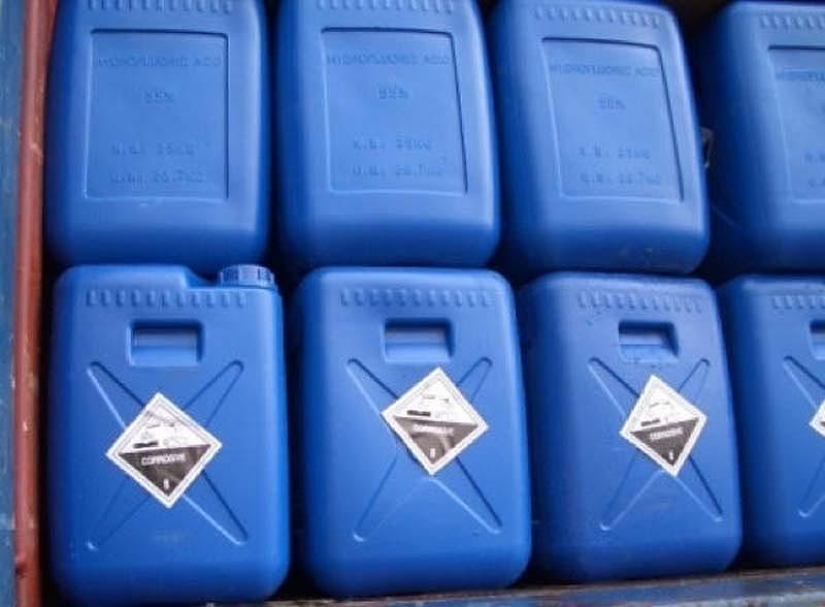
2. Hydrofluoric acid
A solution of hydrogen fluoride in water, hydrofluoric acid, is used in a number of industries such as metallurgy and even in the manufacture of Teflon. There are acids that are much more powerful than hydrofluoric acid, but few are dangerous to humans. In gaseous form, it can easily burn eyes and lungs, but in liquid form it is especially insidious. When exposed to human flesh, it initially does not bring pain. The fact that it doesn't hurt means that people can be in serious danger without even realizing it. It passes through the skin into the bloodstream, where it reacts with calcium in the body. In the worst case, it can seep through the tissue and destroy the underlying bones.
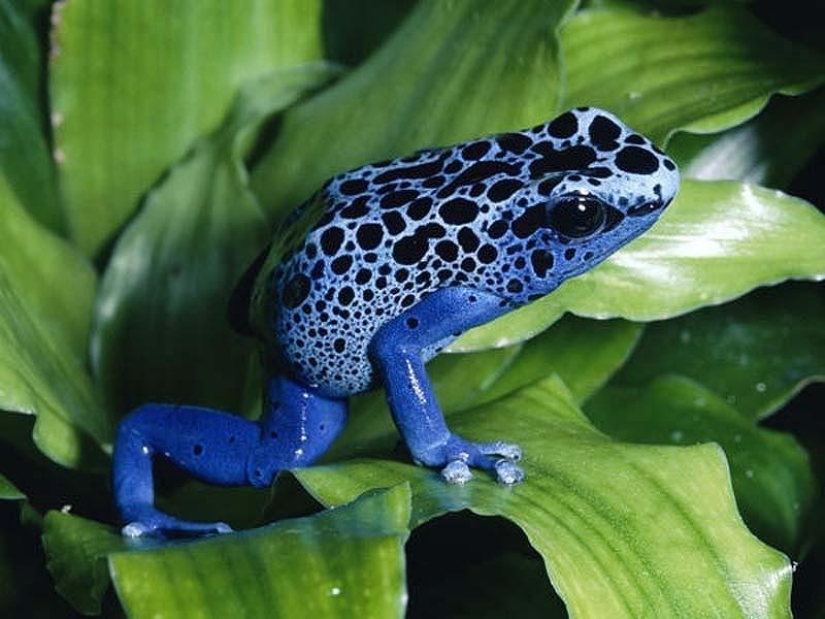
3. Batrachotoxin
Fortunately for most of us, the chances of coming into contact with batrachotoxin are extremely small. One of the world's most potent neurotoxins, it is found on the skin of tiny poison dart frogs. Frogs do not produce venom on their own, it is created from the food they eat, most likely a species of tiny beetle. There are several different versions depending on the species, but the golden poison frog from Colombia is considered the most dangerous. This little creature is small enough to fit on the tip of your finger, but one frog has enough batrachotoxin to kill about two dozen people or a couple of elephants. The toxin works by attacking the nerves, opening their sodium channels and causing paralysis, essentially shutting off the entire body's ability to communicate with itself. There is no known antidote and death occurs very quickly.
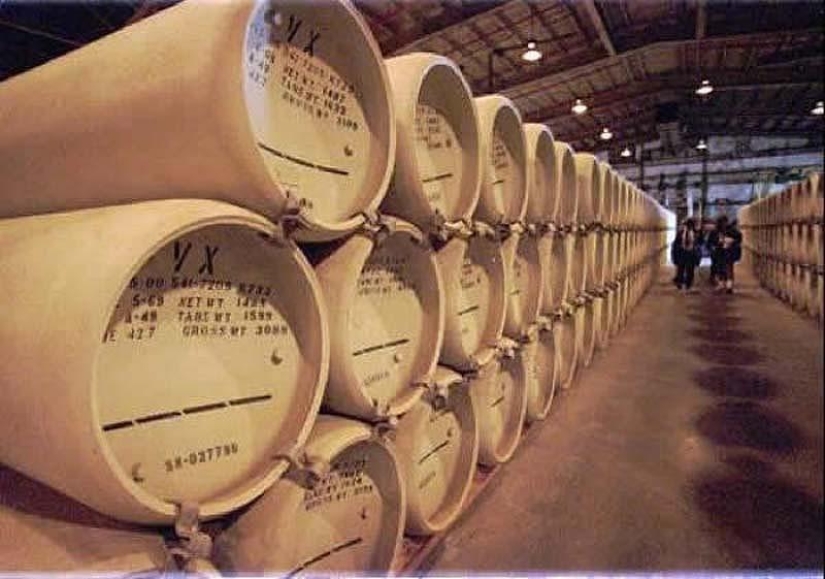
4. Nerve Gas VX
Banned by the 1993 Chemical Weapons Convention (world stocks are being phased out), VX is considered the most potent nerve gas in the world. It was found quite by accident in 1952 during chemical testing of organophosphates, and soon its danger was discovered. It was originally marketed as a pesticide called Amitone but was taken off the market because it was too dangerous for the public. It soon came to the attention of governments around the world, and since it was the time of the Cold War, it was stockpiled for potential use in the war. Luckily no one's hand wavered and the VX was never used in combat. A cultist from the Japanese group Aum Shinriko managed to create some volume of this gas and use it to kill a person, but this is the only known human death from VX. The substance works by stopping the production of an enzyme in the nerves, as a result of constant activity, a “storm” arises in the nervous system, which quickly overwhelms the body.

5 Agent Orange
Made by Dow Chemical and Monsanto (which makes up a short list of "evil" corporations in the world), and almost everyone has heard of the defoliant Agent Orange. Used during the Vietnam War to destroy trees that provided cover for enemy soldiers and decimate crops in the countryside. Unfortunately, in addition to killing plants, the herbicide contains a chemical dioxin called TCDD, a known carcinogen that causes a significant increase in cancers, especially lymphoma. In addition, tens of thousands of Vietnamese children were either stillborn or with birth defects, including cleft palate, extra fingers and toes, and mental retardation. Vietnam remains very polluted to this day.
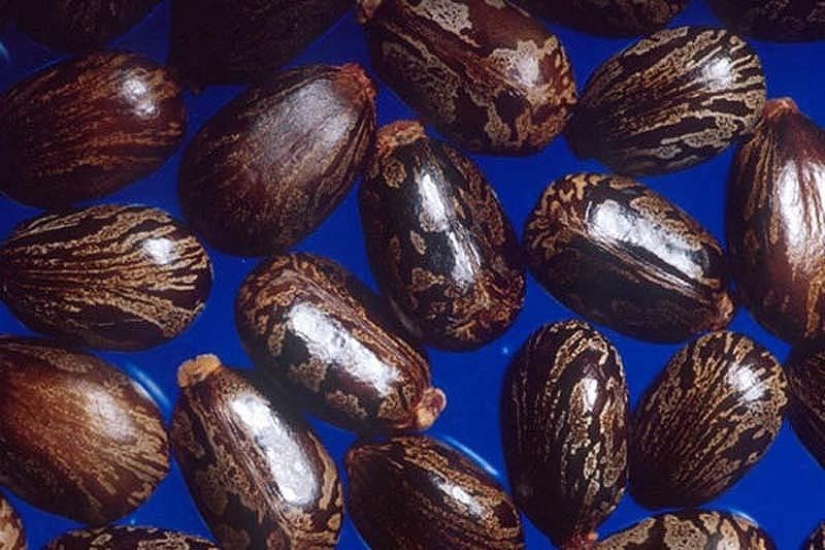
6. Ricin
Derived from castor beans, ricin is one of the deadliest poisons. A dose the size of a few small grains of salt is enough to kill an adult human. It works by shutting down the body's production of proteins that are essential for survival and shocking the victim. Because of its ease of production, ricin has been used as a weapon by many governments around the world, and was used at least once in an assassination when dissident Bulgarian writer Georgy Markov was shot dead with a ricin pellet on the streets of London in 1978. The Bulgarian secret police and/or the KGB are believed to be responsible for this assassination.
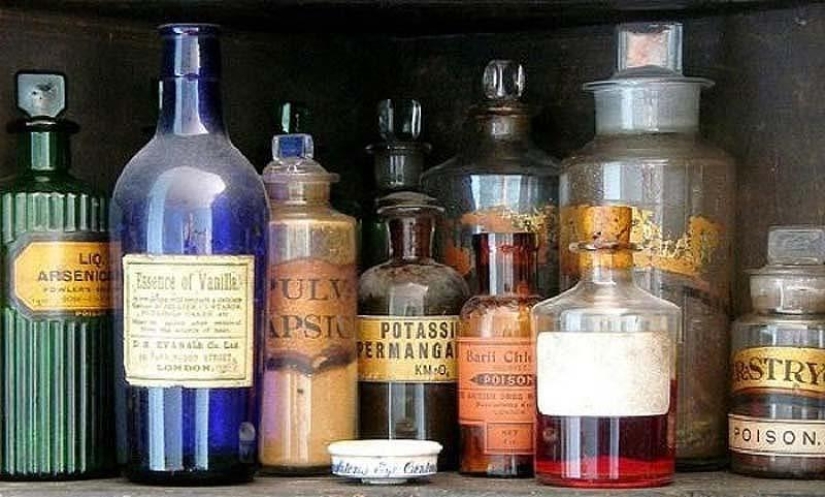
7. Arsenic
The arsenic metalloid has been used for centuries for everything from weapon forging to makeup during the Victorian era (when ladies valued morbid pallor). During the Dark Ages, it became the go-to poison for killers around the world due to the fact that the symptoms of arsenic poisoning resembled cholera, a common disease at that time. It works by affecting the ATP enzyme in human cells, cutting off energy transfer. Arsenic is an unpleasant substance, and in strong concentrations it causes gastrointestinal disorders, convulsions, coma and death. In small, chronically consumed amounts (from polluted groundwater, for example), it has been linked to a host of diseases, including cancer, heart disease, and diabetes.
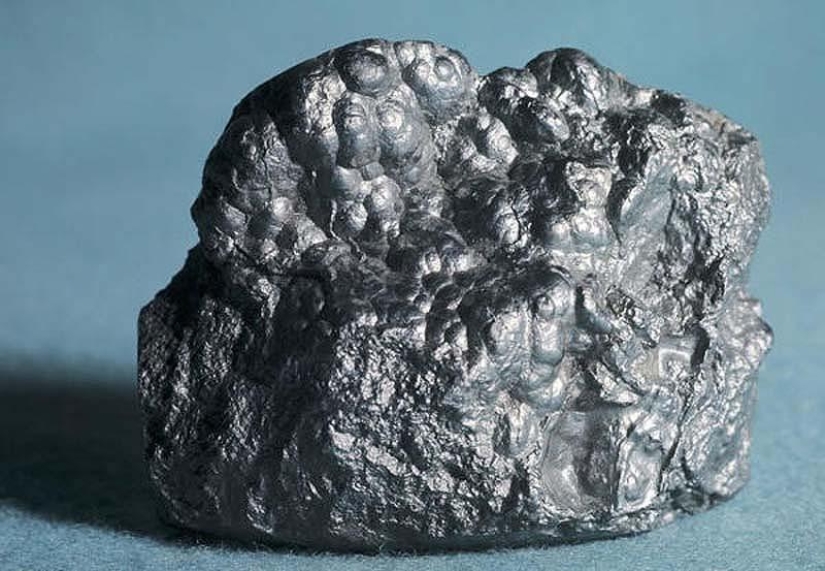
8. Lead
Lead is one of the first metals used by mankind, it was first smelted over 8,000 years ago. And until the last few decades, we really had no idea how dangerous it was. Lead attacks every organ in the human body, and thus poisoning manifests itself with a myriad of symptoms ranging from diarrhea to mental retardation. Children are especially susceptible: the poison causes permanent neurological disorders during fetal development. Oddly enough, many forensic scientists believe that the drop in violent crime has been at least in part due to increased lead regulation. Children born in the 1980s and later were significantly less exposed to lead and may be less likely to be violent as a result.
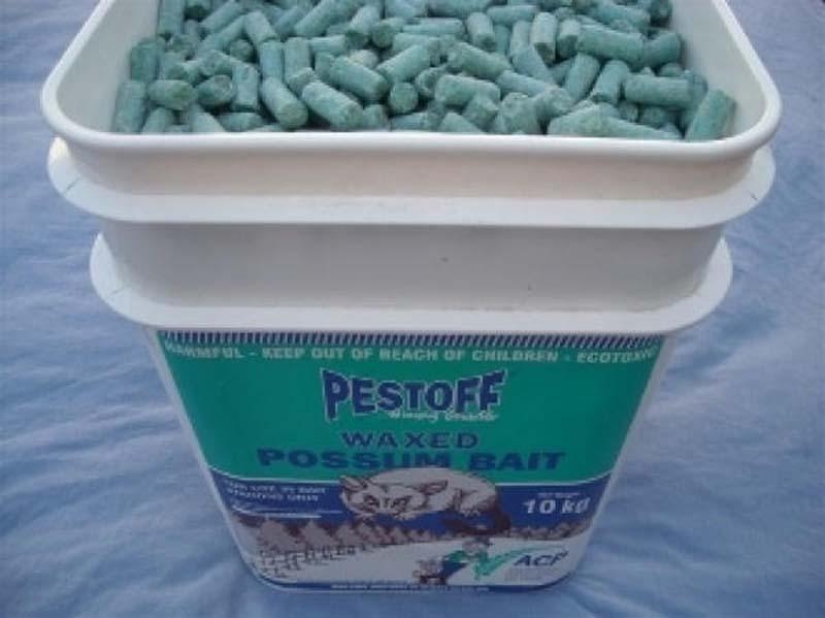
9. Brodifacoum
Immediately after World War II, the poison brodifacoum was used for protection against rodents (and also, oddly enough, as a blood-changing agent in people with clotting disorders). But rats are born to survive, so over time, many have developed a resistance to brodifacoum. Brodifacoum is an extremely dangerous anticoagulant that works by reducing the amount of vitamin K in the blood. Because vitamin K is needed in the blood clotting process, eventually the body develops massive internal bleeding, blood seeping out of the smallest vessels. Brodifacoum, which is sold under various brand names such as Havoc, Talon, and Jaguar, should be used with caution as it can easily penetrate the skin and remains in the body for several months.
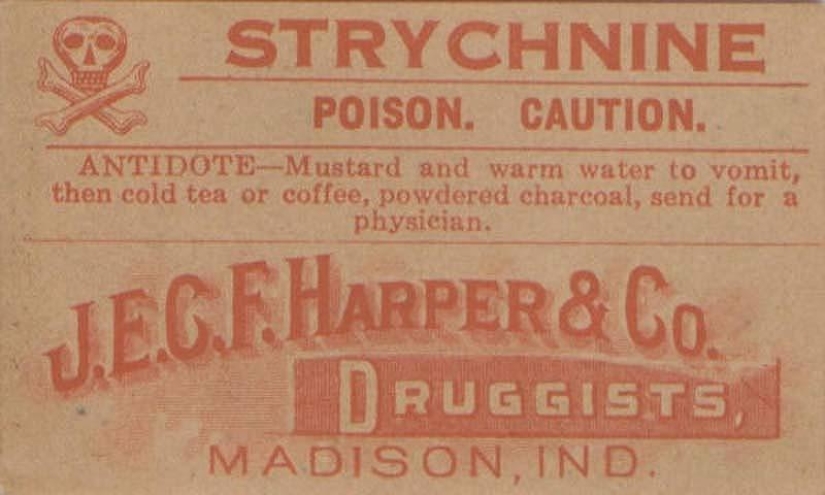
10. Strychnine
Primarily derived from the seeds of the Strychnos nux-vomica tree in India and Southeast Asia, strychnine is an alkaloid substance used as a pesticide, especially on rodents. Death caused by strychnine is excruciating, as the neurotoxin attacks the spinal nerves, causing the body to contort and spasm as the muscles contract against their will. Oskar Dirlewanger, commander of the Nazi SS during World War II, injected him into prisoners and watched their convulsions for his perverse amusement. Strychnine is one of the few substances on this list that is reasonably cheap and readily available, probably from your local store.
Keywords: Ten | Facts | Poison
Post News ArticleRecent articles

Most of us think that the color of the eggshell does not play any role and it is possible not to pay attention. But it's not and ...

The more we rely on technology, the more potential power hackers gain over us. It doesn't matter if their goal is to help or cause ...
Related articles

Yes, Pets benefit our health and it is proven by science. Their very existence certainly makes us happier, but also prolongs life. ...

It is not 100% to say that tomorrow is with us nothing bad will happen, because often life throws up surprises when least expected. ...

One of the most famous sayings of Horace says: "no One can know everything!". And we completely agree with his opinion. Every day, ...

Creating a good portrait is one of the most difficult tasks for any photographer. In order to make a really natural and memorable ...